Pola Day CP / Pola Zing research
Pola Day CP / Pola Zing – a 35% carbamide peroxide system for take home or as an in office jump start
Performance
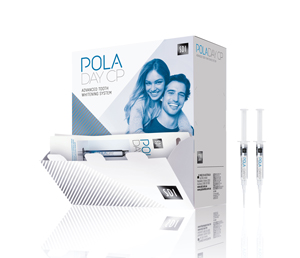
Performance
Patel A., Louca C., Millar B.J., Colour change in-vitro using 6 whitening systems, GKT Dental Institute, King’s College London.
This study aims to compare actual colour change using 6 tooth whitening techniques. 100 extracted human teeth were cleaned, stored in sterile water at 4°C then randomly allocated to one of the 6 active treatment groups and four control groups:
1. 10% carbamide peroxide (CP) x 1.5 hrs (Pola Night)
2. 16% CP x 90 min (Pola Night)
3. 35% CP 3 x 30 min (Pola Zing)
4. 3% hydrogen peroxide (HP) 3 x 30 min (Pola Day)
5. 35% HP (Pola Office) + PAC light
6. 35% HP (Pola Office) + diode laser
7. Control 10% CP x 3 hrs (Pola Night)
8. Control 35% CP 3 x 30 min (PolaZing)
9. Control 35% HP (Pola Office) + PAC light
10. Control 35% HP (Pola Office) + diode laser
Results suggest that 35% carbamide peroxide provides a good level of tooth whitening and that the power bleaching techniques may have a dehydrating effect.
PolaZing achieved the highest change in brightness on non-vital tooth bleaching.
Clinical Performance
Koirala S.; Maximum aesthetics with minimal intervention; Clinical Technique – Minimal Intervention, Cosmetic Dentistry – Beauty & Science, p.16-20, Vol 3, Issue 1, 2009.
Dr Sushil Koirala presented to readers two clinical cases that are related to natural, costmetic desires of patients who are treated exclusively with non-onvasive to minimally-invasive procedures. Pola Zing was used as a walking bleach to treated a 19-year old female with discoloured upper anterior teeth.
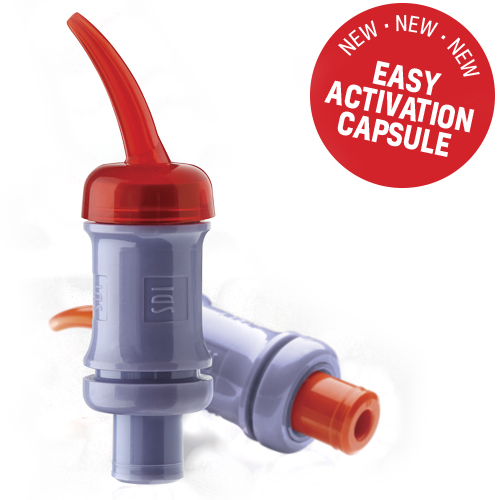
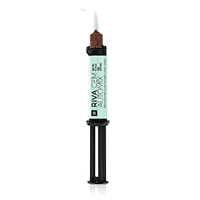
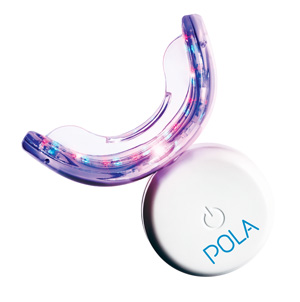
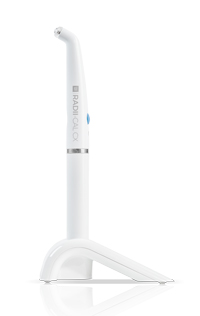
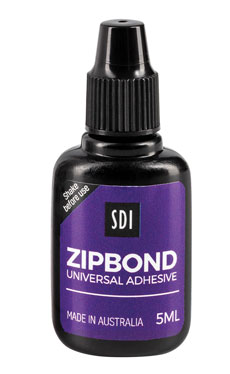


 Australia -
Australia -  New Zealand -
New Zealand - 
 United States -
United States -  Canada -
Canada -  Canada -
Canada -  Central/South America -
Central/South America -  Brazil -
Brazil - 
 Ireland -
Ireland -  Germany -
Germany -  France -
France -  Italy -
Italy -  Spain -
Spain -  Poland -
Poland -  Portugal -
Portugal -  Czech Republic -
Czech Republic -  Other European countries -
Other European countries - 


